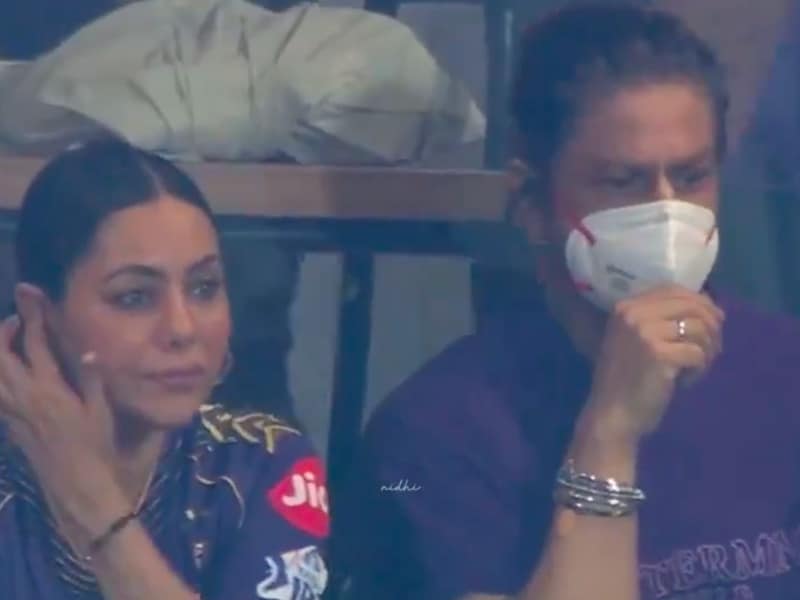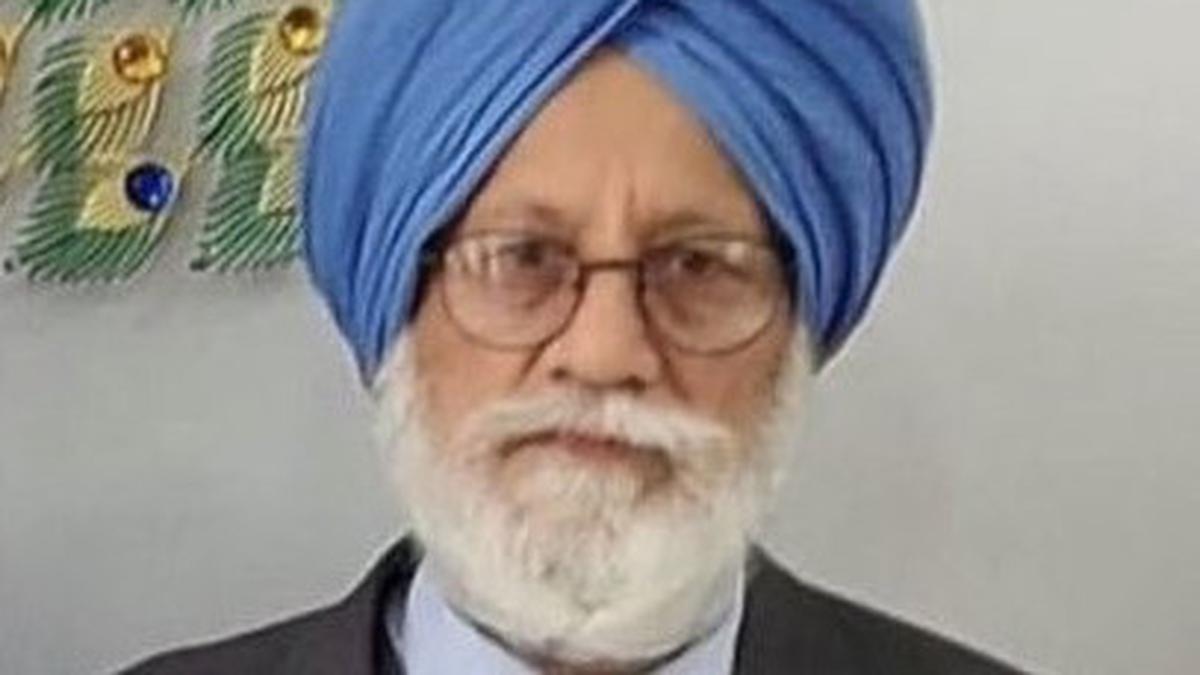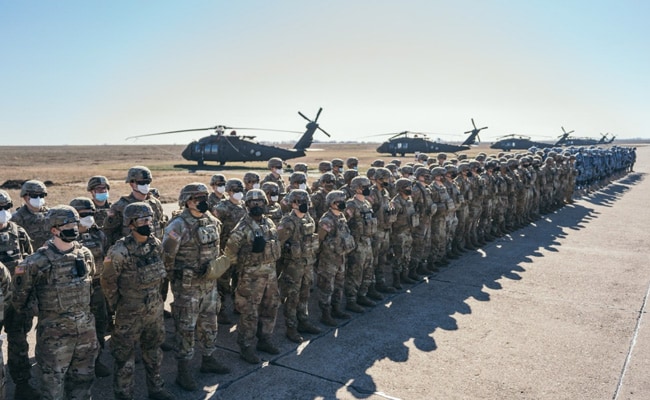Cars drive past a billboard bearing a portrait of Iran’s late president Ebrahim Raisi, centre, his Foreign Minister Hossein Amir-Abdollahian, second from left, and other members of his entrourage in central Tehran on May 21, 2024, as mourners in the northestern city of Tabriz attended a funeral procession for the President and seven others who were killed with him in a helicopter accident two days ago.
| Photo Credit: AFP
Being Iran’s President is not easy. The highest elected office in the country is not the most powerful one. The President is answerable to the Supreme Leader, who is appointed by a body of senior clerics. The President’s main responsibility is to run the day-to-day affairs of the country, especially its crisis-ridden, sanctions-hit economy. The President also has to run a delicate foreign policy in a hostile region where its only national state ally is Syria, which itself has been battered by years of civil war. The President has to do a lot of balancing acts at home as well, keeping the link between popular legitimacy and clerical rule alive, while also working with the security apparatus, including the Islamic Revolutionary Guard Corps (IRGC), to protect Tehran’s key geopolitical interests.
Also read: A brief look at the life of Ebrahim Raisi
Ebrahim Raisi, the 63-year-old hardline cleric who became Iran’s eighth President in August 2021, was doing just that, until May 19, 2024, when he was killed in a helicopter crash. In many ways, Iran’s clerical establishment found a near-perfect leader in Raisi. He was an ideologically committed loyal servant of Iran’s theocratic system. A cleric and a close confidant of the Supreme Leader, Raisi was seen as a potential successor to Ayatollah Ali Khamenei. And his death comes as a massive shock for the Islamic Republic.

Immediate priority
Iran faces three broad challenges in the wake of Raisi’s death. Tehran’s immediate priority is to put in place an orderly transition so that the “nation would not be disrupted at all”, as Mr. Khamenei has said. According to the Constitution, if the President is incapacitated, the First Vice-President would assume interim duties and fresh elections should be held in 50 days. Mr. Khamenei has already approved First Vice-President Mohammad Mokhber as acting head of the executive branch of the state. Now, it’s the responsibility of Mr. Mokhber, parliament Speaker Mohammad Baqer Qalibaf and Chief Justice Gholamhossein Mohseni-Ejei to hold elections within the timeframe. Authorities have already announced that elections would be held on June 28.
When Raisi became President, all branches of Iran’s government — executive, judiciary and legislature — came under the control of conservatives. In the parliamentary elections held earlier this year, conservatives retained their dominance. But what worries the establishment is the dwindling turnout. For years, Iran’s clerical leadership would use high voter turnout as a marker of legitimacy for the country’s system. If the voter turnout was 85% in the 2009 presidential elections, it fell to 48% in 2021 when Raisi was elected. When the country is preparing to hold a snap election, the establishment would like to see not just the election of another conservative as President but also a high turnout.
Larger transition
Secondly, Raisi’s abrupt death did disrupt Iran’s bigger transition plans as well. Mr. Khamenei, the most powerful man in Iran, is 85 years old and ailing. He became the Supreme Leader in 1989 when Ayatollah Khomeini, the founder of the Islamic Republic died. Many Iran watchers saw Raisi as an ideal candidate to succeed Mr. Khamenei. Raisi was relatively young, ideologically committed, had the blessings of the establishment and successfully negotiated between the different branches of the state and made his standing more powerful ever since his election. But now, Iran has to start from scratch to find Mr. Khamenei’s successor. Different names are being added to the list, including Mojtaba Khamenei, the son of the Supreme Leader, and Alireza Arafi, an influential white-turbaned cleric who heads Friday prayers at the Qom Shia seminary.

Regional dynamics
Lastly, Raisi’s death comes at a time when regional tensions are at an all-time high. After the Israel-Hamas war began on October 7, 2023, regional focus shifted to Iran’s support of non-state actors in West Asia, including Hamas, Hezbollah and Houthis. Last month, Iran launched an unprecedented drone and missile attack on Israel, after its consulate in Damascus was struck and officers killed. Hezbollah, which is directly backed by Iran, is fighting a slow-burning war with Israel on its northern border. Houthis, the Yemeni militia backed by Iran, is carrying out attacks targeting vessels in the Red Sea, “in solidarity with Palestinians”.
In recent months, Iran has flexed its muscles both through its proxies and directly in the region. A change in presidency is unlikely to alter Iran’s overall security doctrine, which has been laid out by the clerical and military establishment. But for the smooth implementation of this multi-layered security strategy, which involves both state and non-state actors, in a hostile region, Iran needs a cohesive national leadership. The challenge before the Ayatollahs is to stay the political course irrespective of the disruptions.










